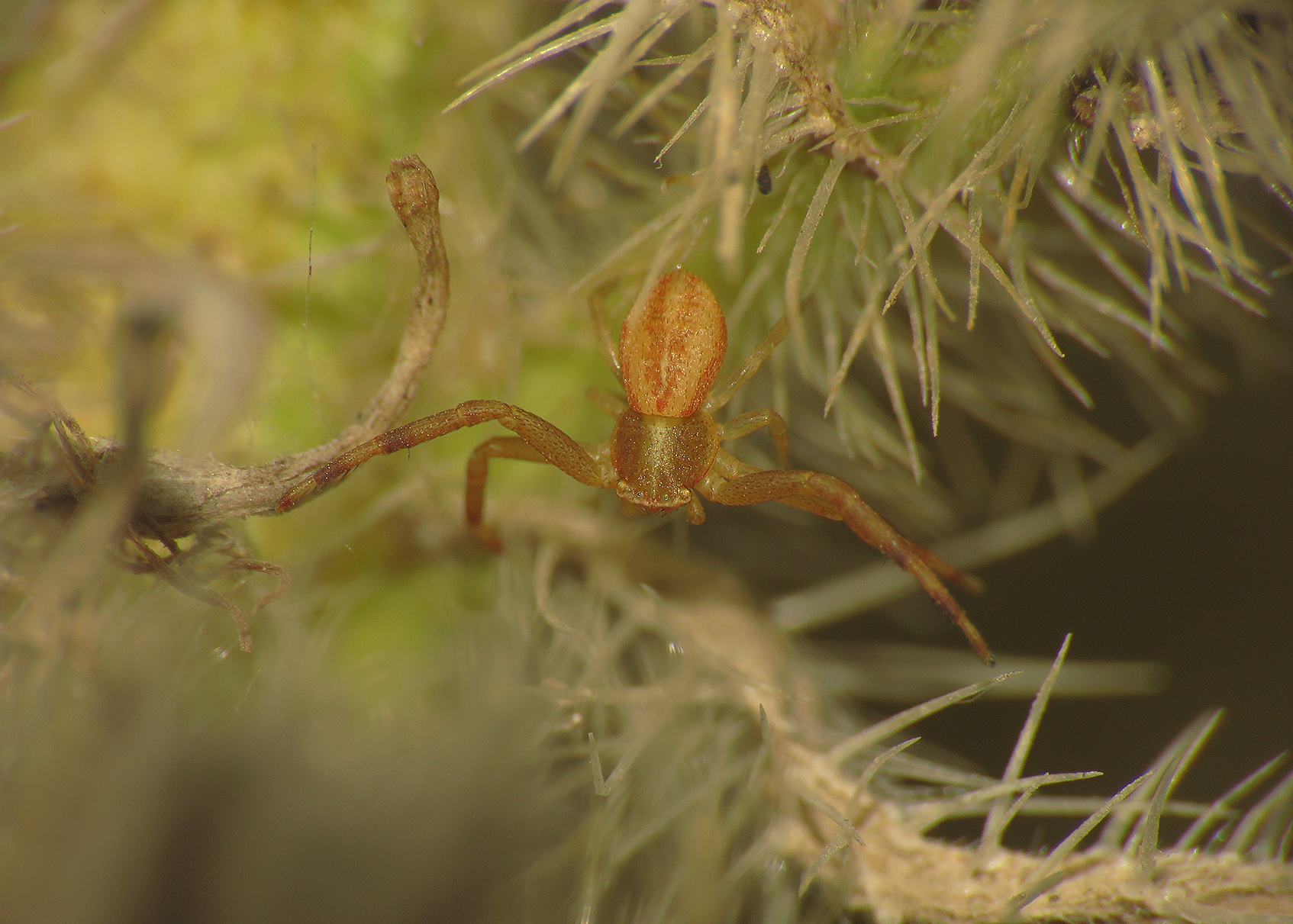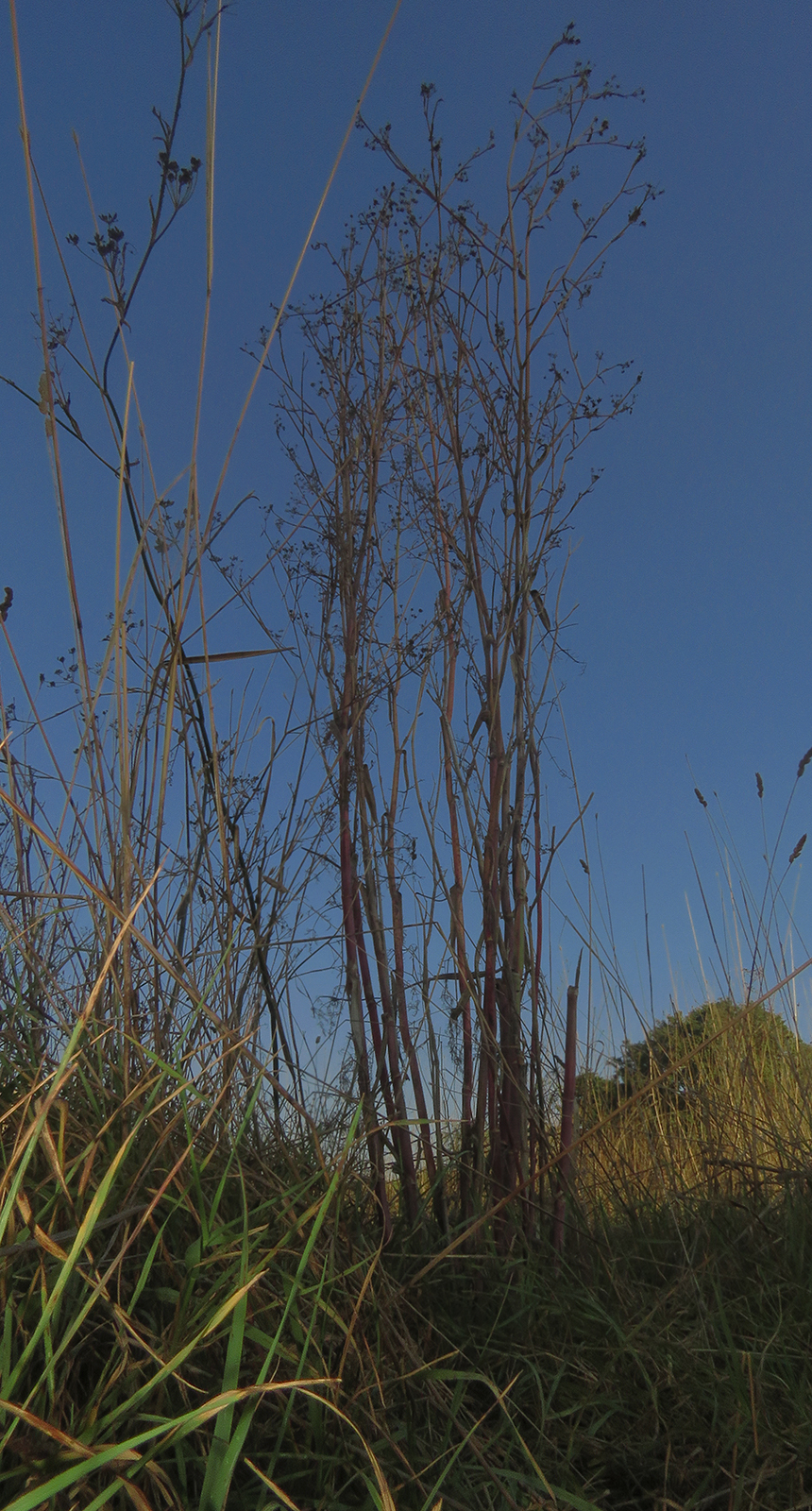The second Friday of this warm October happened to coincide with the most evocative of all numbers that can be attributed to any Friday of any month. I don't know how, when, and where the superstition regarding the number 13 started, nor am I in the mood to search the Internet in the hope of finding some revelation about the topic. I'll have more than enough work with the scientific names of the plants and animals I'll be presenting in today's episode. For me Friday the 13th is first and foremost a slasher movie. I don't have a special fondness for that legendary movie but I love Horrors so I like Friday the 13th as well. I saw some sequels, but I don't remember them, although I do recall being fairly solidly entertained by those movies. There was one in space, that was kinda memorable due to the unexpected setting. OK, that's enough about old movies and ancient superstitions ...
... let's start the macro mania.

The beautiful crab spider, shown in this photograph ...
... was found and photographed on the leaves of the blackberry shrub. Or more precisely, on the leaves of one of the many Rubus ulmifolius blackberry shrubs that grow in Marlera. Now, if you didn't do it after reading the post's title, you may ask: What the heck is Marlera?
Well, as I repeat in every episode, Marlera is the name of a coastal area a couple of kilometers from the village of Liznjan and about five or six kilometers from where I live.
When it comes to the spider, the name of the species is Thomisus onustus. This species from the Thomisidae appeared in quite a few of my older posts, which means that I already wrote quite a few facts about its biology. I'm not in the mood to repeat all the usual stuff, so if you would like to know more, there'll be a link at the end of the post. There is one amazing thing that I didn't know before, and I'm going to tell you all about it right now.
If there's a shortage of insects, these spiders can survive on pollen and nectar for more than a month. In juvenile spiders, this adaptability to atypical food is even more important, especially in early spring. Absolutely amazing. The adult Thomisus onustus female shown here was resting on the upper surface of the Rubus ulmifolius leaf.
On the opposite side of another leaf on the same shrub, I found a moth that resembles a crucifix. I took this photograph, and then the moth flew away.
About ten meters further, on another shrub of the same kind, I photographed the same moth again.
Amblyptilia acanthadactyla is the name of this interesting species from the Pterophoridae family.

Some leaves of that shrub were decorated with lovely red dots.
The dots were scattered across the upper surface of the leaves.

These lovely decorations were provided by the microscopic fungus scientifically known as Sphaerulina westendorpii. In the following photograph ...

... I used the macro lens to get very close to one of those red things.
This fly was resting on one of the infected leaves. I'm not sure about the exact species, but I can confidently say that it belongs to the Lauxaniidae family. It could be a Minettia fasciata female.
Here you can see a leaf that gave a small dose of autumnal colors to this prevalently green October post.
I had plenty of fun sniffing around the blackberry shrubs.
Just like the Thomisus onustus introduced earlier, this small, juvenile spider also belongs to the Thomisidae family.
The name of the species is Runcinia grammica.
The spider was found and photographed on the almost completely dry stem of the Echium italicum plant.

I found two juvenile Runcinia grammica hidden among the spikes and hairs of the plant. In this and the following photograph ...

... you can see the second of the two.
This small snail sealed in its shell has found a nice quiet place among the hair and spikes near the top of the plant. I'm not sure about the species. Could be a juvenile Theba pisana, a snail from the Helicidae family.
In the grass around the Echium italicum "tower" ...
... I found a well-camouflaged grasshopper. First I took one shot in ambient light, and then ...
... I took another one using slightly different settings and the flash of my camera. In both photographs the insect is successfully hiding in plain sight - hope you'll be able to find it. The name of the species is Acrida ungarica.

This tiny leafhopper, the Zyginidia pullula from the Cicadellidae family ...
... was photographed on the lower part of a big, tall, and almost completely dry Foeniculum vulgare plant.
You can see the entire plant in this photograph.
Pezotettix giornae is a grasshopper that appears in almost every episode of this series, here you can see one resting on one of the stems of that same plant. In the following shot ...
... you can take a look at the same grasshopper photographed in ambient light.
Despite not finding much on it, I enjoyed exploring this plant very much, and that's primarily because of its color. A good dose of magenta looked great among the usual greens and browns of the meadow.

The small snail shown in this and the following two photographs ...
... was sealed inside its elongated shell attached to the dry grass near the Foeniculum vulgare plant.
The name of the species is Granaria frumentum. The family is Chondrinidae.

On the dry twigs near the top of the plant, I photographed this small, hairy beetle from the Tenebrionidae family. The name of the species is Lagria hirta.
At one point, while I was photographing the upper part of the plant from a certain distance, a fly from the Syrphidae family entered the scene. Can't tell you the name of the species becouse I can't see enough details of the insect's external anatomy in this non-macro shot. I mean, I wasn't even aware of the fly while photographing, I noticed it only later at home, when I enlarged the picture on the computer screen.

Here you can see a small group of Theba pisana snails. The following photograph ...

... shows a Theba pisana trio, and then the next shot ...

... a duo.

Here you can see two snails of the same species but the age and size are different.

They were all photographed on another almost completely dry Foeniculum vulgare plant.
The entire plant was nicely decorated with little spirals.

It was a great day for macro. I had plenty of luck on Friday the 13th.
AND THAT'S IT. AS ALWAYS HERE ON HIVE, THE PHOTOGRAPHS ARE MY WORK - THE END.
The following links will take you to the sites with more information about some of the protagonists of this post. I found some stuff about them there.
https://en.wikipedia.org/wiki/Thomisus_onustus
https://en.wikipedia.org/wiki/Amblyptilia_acanthadactyla
https://bladmineerders.nl/parasites/fungi/dikarya/ascomycota/pezizomycotina/dothideomycetes/dothideomycetidae/mycosphaerellales/mycosphaerellaceae/sphaerulina/sphaerulina-westendorpii/
https://en.wikipedia.org/wiki/Minettia_fasciata
https://en.wikipedia.org/wiki/Runcinia_grammica
https://en.wikipedia.org/wiki/Echium_italicum
https://en.wikipedia.org/wiki/Theba_pisana
https://en.wikipedia.org/wiki/Acrida_ungarica
https://truehopperswp.com/species/zyginidia-pullula
https://en.wikipedia.org/wiki/Granaria_frumentum

























